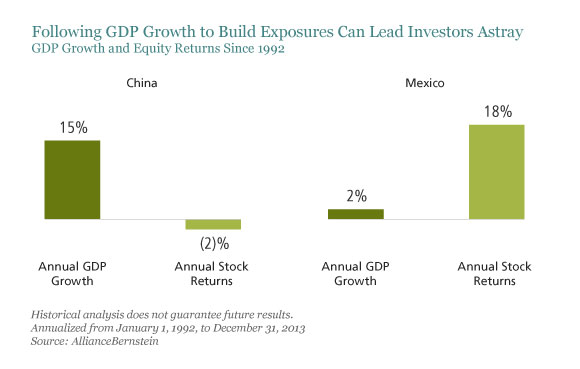by Rick Ferri
What people say they believe about financial risk and the way they think they’ll act under market stress is often contradicted by their behavior. Long-term investors frequently become short-sighted at the first sign of trouble. Many times this reaction is brought on by answering an investment questionnaire under the influence of recency bias.
Investors tend to be brave in a bull market. They take more risk when prices have risen and volatility has subsided. Risk tolerance questionnaires pick up this bravado and guide computer algorithms to artificially assign a riskier profile to people who otherwise would not have exposed themselves to higher risk. It’s a setup for disaster.
Nobel laureate Daniel Kahneman explains recency bias in a recent interview with the Motley Fool: “The decision-making process is basically inferring from recent trends as if they were to continue. That seems to be the information that people go on and so when things have been getting worse for a while, you become pessimistic, and when things have been getting better for a while, you become optimistic, and it’s those feelings that really control the investment, I think.”
Recency bias is a strong motivator, not just in investing but in life in general. I was a Marine Corps fighter pilot back in the day. My work often involved flying at a high speed and low altitude, sometimes at night and in bad weather, and then landing on an aircraft carrier under all types of adverse conditions.
As with any dangerous occupation, we unfortunately had our share of incidents that cost more than a few of my comrades their lives. How did our commanders deal with these tragedies? Within 48 hours, all pilots were required to fly. It was vitally important to get aircrew back in the cockpit and up in the air to overcome any anxiety that a misfortune creates. Those who decided not to fly because they were too emotional were grounded for the rest of their career. That’s just the way it was.
Any fighter pilot who has been around awhile learns to deal with misfortune quickly. The loss of a squadron mate doesn’t make aviation more dangerous, nor does the lack of loss make it less dangerous. The risk is always present. It just seems more or less based on the recency of a loss.
The same feeling occurs with investors who experience a large loss in their wealth or experience an easy profit. We become overly concerned about our future after a bad financial loss, and become overconfident after easy profits. In reality, the risk of loss is always present. It’s only our perception of it that changes.
Taking a risk tolerance questionnaire during one five-minute period on one day in your life isn’t going to uncover your actual ability to handle a loss. For questionnaires to be useful, they should be completed under different market conditions. Author and financial adviser Allan Roth finds, “The way we feel about risk is remarkably unstable – we think we are risk-tolerant when stocks are at an all-time high only to find we are risk-averse when stocks plunge.”
Here’s something else to consider. There is a period during a fighter pilot’s career when they believe they’re invincible. Nothing will kill them. This occurs when a pilot has amassed about 1,200 hours of flight time up to about 1,800 hours. It’s a cone of compliancy that dooms many pilots. They don’t realize they’re in the cone or how dangerous they are to themselves. Veteran pilots tend to look back over this period and wonder how they survived their stupidity.
I believe the same cone of complacency can occur with investors. There comes a period when an investor knows enough to be dangerous, and this can lead to overconfidence. When coupled with verification from a risk tolerance questionnaire, a dynamic duo of disaster is in place.
Risk tolerance questionnaires can be useful, but they have to be taken in the context of a bigger picture. As Roth says, “Risk-tolerance surveys don’t measure one’s need to take risk and the goal shouldn’t be to die the richest person in the graveyard.” It’s best to take a step back and reflect upon the goal first and how to achieve it. Only then will a risk tolerance questionnaire have some usefulness in your life.
Copyright © Rick Ferri














